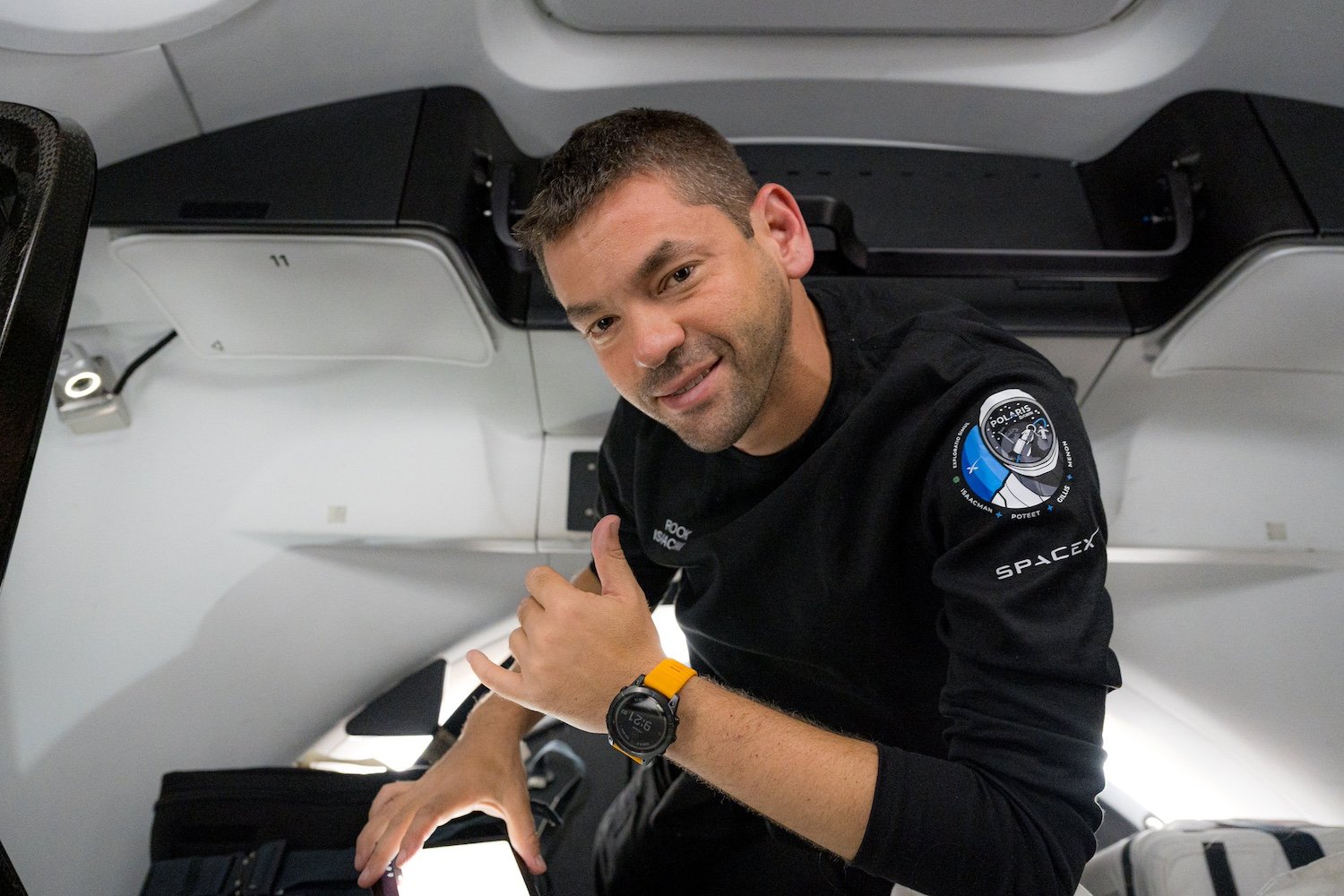Although Jared Isaacman is out of the running for the position of NASA administrator, the space enthusiast is still very much interested in staying in the game. In a recent appearance, Isaacman revealed he would still like to pursue launching robotic missions to space.
This weekend, Isaacman received the National Space Society’s Wernher von Braun Award for theprivately funded Polaris Dawn missionthat he led in September 2024. After his speech, Isaacman spoke of plans he would have executed as NASA administrator, as well as some that the private astronaut is still interested in pursuing outside of the agency, SpaceNewsreported. This comes less than a month after President Donald Trumpwithdrew his nomination of Isaacman to lead NASAin a surprising switch-up that left members of the space community disappointed.
In comments to the press, Isaacman mentioned that one of the goals he had for NASA was to partner with academic organizations on science missions. “My priorities would have been leadership in space and the orbital economy and trying to introduce a concept where NASA could help enable others to conduct interesting scientific missions, getting academic organizations to contribute,” he said.
“I wouldn’t mind maybe trying to put that to a test and see if you could fund an interesting robotic mission, just to show that it can be done, and try and get some of the top tier academic institutions who want to perform,” Isaacman added. “So that’s on my mind.”
Isaacman previously funded the private missions he was a part of. In 2021, he purchased all four seats on boardSpaceX’s Dragon spacecraft for the Inspiration4 mission. Under the Polaris Dawn program, Isaacman contracted with SpaceX to fund a series of missions, the first of whichlaunched on September 10, 2024and pulled off the first commercial spacewalk in history.
Rather than focusing on human-led private missions, Isaacman is now looking to launch space exploration missions out of pocket. This comes at a time when NASA is facing severe budget cuts that threaten several science missions and put the agency’s ability to pursue space exploration at risk.
Thecurrent administration’s so-called skinny budgetproposes a $6 billion cut to the agency, 24% less than NASA’s current $24.8 billion budget for 2025. As part of the proposal, the agency’s astrophysics budget will drop to less than half a billion dollars from $1.5 billion. Its planetary science budget would drop from $2.7 billion to $1.9 billion, while its Earth science budget would fall to just over $1 billion from about $2.2 billion. NASA’sMars Sample Return, a bold quest to bring bits of Mars to Earth, is on the chopping block as part of the 2026 proposed budget. Other missions, such as NASA’s Juno that has been exploring Jupiter since 2016, face cancellation, while planned future missions, such as DAVINCI and VERITAS, may never launch.
Isaacman’s nomination to lead NASA was awelcomed move by the space communityas the agency struggles with pressure to return humans to the Moon and land astronauts on Mars. If he were given the helm, Isaacman would have focused on reusable hardware to launch the Artemis missions to the Moon while ditching NASA’s Space Launch System (SLS), a giant, expendable rocket thathas gone $6 billion over-budget,herevealedin a podcast earlier this month.
Get the best tech, science, and culture news in your inbox daily.
News from the future, delivered to your present.
Please select your desired newsletters and submit your email to upgrade your inbox.
The company's operations have already led to habitat loss in Texas, and now Hawaii may be at risk.
There could be life as we know it, or rather as we don't know it, forming on Saturn's largest moon.
The White House's 2026 budget proposal threatens dozens of active and upcoming science missions designed to explore the cosmos.
After nearly a year of trying to fix the ill-fated spacecraft, NASA says Starliner is set for a cargo mission in 2026.
Under the second Trump administration, it’s becoming increasingly harder to access information about the climate crisis.
The discovery challenges findings made by Voyager 2, which collected data suggesting Uranus, unlike other giant planets in the solar system, didn’t have an internal heat source.



 Motivational
Motivational 22 Jul, 2025
22 Jul, 2025 Christopher Cruz
Christopher Cruz